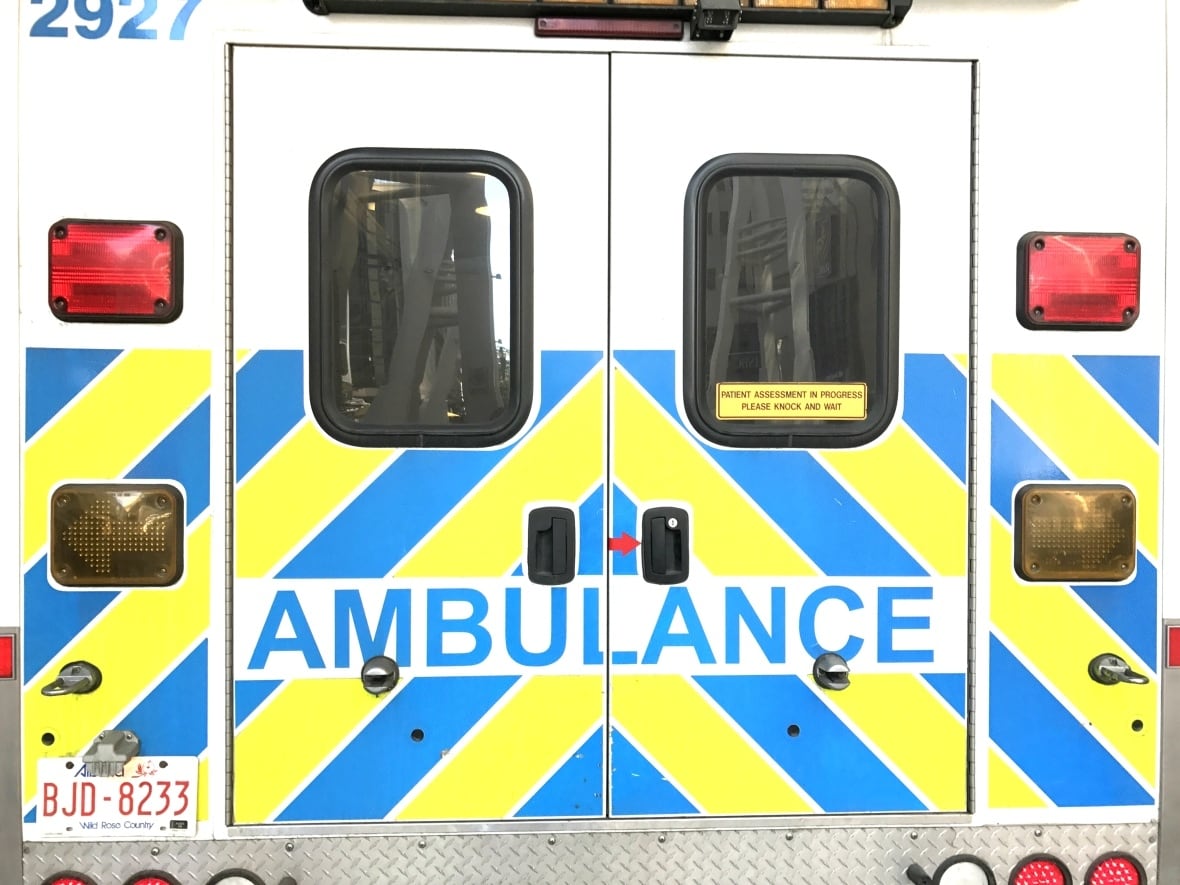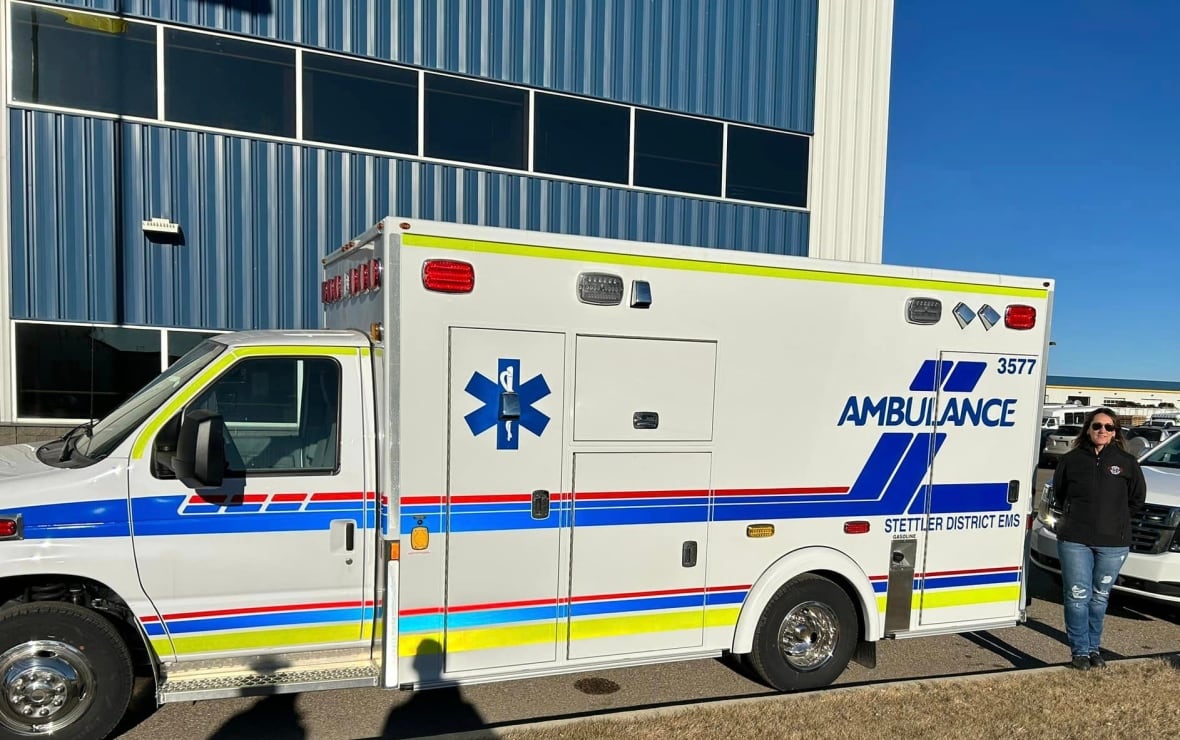Paramedics raise concerns as emergency medical services enters the health-care shuffle
EMS workers are being transferred to a new provincial health entity

Some current and former paramedics are raising concerns over proposed changes to emergency medical services in the province as part of a massive overhaul of the province's health-care system.
EMS workers are being transferred to a new provincial health entity called Emergency Health Services. The switch will take effect Sept. 1.
But some workers say they have been left without a clear plan of what exactly will change and who will be in charge when the dust settles.
"We know a change is coming. We don't know what that change is going to look like," said Alex Robb, an Edmonton-based advanced care paramedic.
"That makes a lot of people really anxious about what's to come."
AHS spokesperson Kristi Bland told CBC News several members of EMS senior leadership had their positions terminated as part of the overhaul but wouldn't say how many people were let go or how much AHS paid in severance.

Bland said temporary coverage for those positions is in place.
Bland said the structure of EMS and its leadership would largely remain the same. AHS officials have told staff that their wages, benefits, pensions, vacation time and union affiliation won't change.
"As different parts of the organization are designed, this will be communicated to staff," Bland said.
Bland said AHS is working to retain workers and hire more staff. She said 296 paramedics were hired in the past year filling 164 full-time, 129 casual, and three part-time positions.
Robb said the changes comes after years of deteriorating conditions for workers, coupled with a steady exodus of medics leaving by choice or due to disabling injuries.
"We've gotten a lot busier. I think that the amount of work that you're doing within your shift has been increasing year over year," he said.
There has been more strain on the 9/11 system as people who can't access healthcare in their community are relying more on frontline responders, Robb said. He says the pressure is creating staffing issues where there aren't enough ambulances or paramedics to respond to emergencies.
He's worried the province isn't doing enough to address the gaps in service. Robb said he doesn't know how any of the new health agencies will be working together, and is concerned the restructuring will only over-complicate things.
"I think that there's going to be a lot of patients who fall through the cracks."
Don Sharpe, a recently retired paramedic based in Calgary, has spoken out about issues with Alberta's EMS system before and said he's been keeping a close eye on the changes.
Sharpe worked as an advanced care paramedic for more than 40 years before retiring in 2022. He now co-runs a website which publishes EMS statistics and information obtained from freedom of information requests.

He said the changes around the health-care system will continue to create confusion for medics who he said are just trying to do what he said should be a relatively straightforward job.
"I've had a wide and varied experience in EMS and I'm just really disappointed at what it's become."
The province first announced it would restructure Alberta's healthcare system in fall 2023. Since then it has been dismantling the central provider, AHS, into four different agencies — acute care, primary care, recovery and addiction, and long-term care.
Each is now also attached to a ministry in the provincial cabinet. Acute care is overseen by Matt Jones, the minister of Hospital and Surgical Services.
The ministry said in an emailed statement that the transition would help improve conditions within EMS.

The email also said the province recently spent more than $1 million to train more medics for rural and Indigenous communities and also created a committee of paramedics, municipalities and Indigenous representatives to give feedback to the province on EMS.
Lorian Hardcastle, a professor at the University of Calgary who specializes in health law and policy around healthcare, said what's happening with medics is par for the course in the health-care makeover.
"If we look at some of the chaos that's happened with the AHS reforms I think we're seeing similar issues in this space," Hardcastle said.
The reform of the health-care system came at a time when things were already unstable after the COVID-19 pandemic, she said, adding that the system would have been better served by addressing acute issues to reach a point of stability before going after major organizational changes.
"It's not clear that those changes are actually going to trickle down and improve the patient and frontline worker experience," Hardcastle said.
